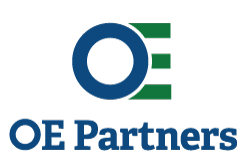Visual management is a powerful set of tools and practices that enhance efficiency, communication and organization across various industries. By leveraging visual cues and indicators, teams can quickly grasp information, identify bottlenecks and foster a culture of continuous improvement. In this article, we will explore the transformative power of visual management and how it can significantly impact workplace productivity and collaboration. Let's delve into the key benefits and practical applications of visual management in the modern workplace.
Increasing Clarity and Transparency:
Visual management brings clarity and transparency to complex processes and workflows. Through the use of visual cues such as charts, graphs and diagrams, employees can easily understand the status of tasks, projects and goals at a glance. This level of transparency helps team members align their efforts, identify dependencies and prioritize tasks accordingly. With visual management, everyone can stay informed about progress, challenges and successes in real time. This transparency reduces misunderstandings, promotes accountability and ensures that everyone is on the same page.
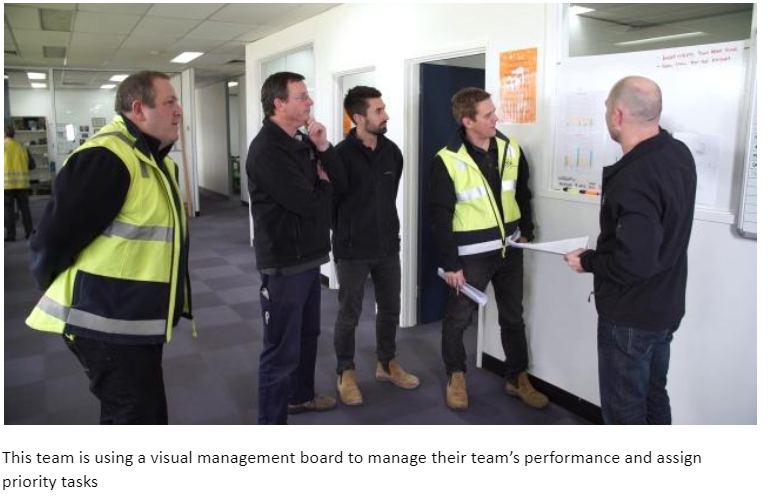
Enhancing Collaboration and Communication:
Visual management fosters collaboration and communication among team members. By providing a shared visual language, it becomes easier to convey information, instructions and updates across the organization. For example, Kanban boards allow teams to visualize workflows, assign tasks and track progress, facilitating seamless collaboration and reducing the need for lengthy status meetings. Visual displays and dashboards enable employees to communicate performance metrics, goals and targets effectively. Visual cues act as a common language that transcends language barriers and enhances cross-functional collaboration.
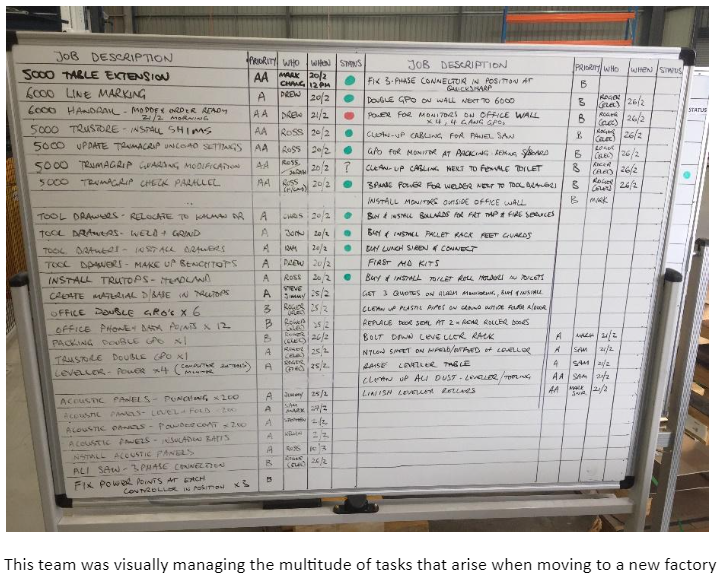
Improving Efficiency and Productivity:
One of the primary advantages of visual management is its ability to improve efficiency and productivity. By providing visual indicators of progress, bottlenecks and performance, teams can identify areas of improvement and take proactive measures to optimize their processes. For instance, using visual metrics like cycle time or lead time, teams can identify inefficiencies and implement strategies to reduce them. Visual management tools, such as Andon systems, enable real-time problem detection and prompt intervention, minimizing downtime and enhancing productivity. With visual management, organizations can eliminate waste, streamline workflows and improve overall operational efficiency.
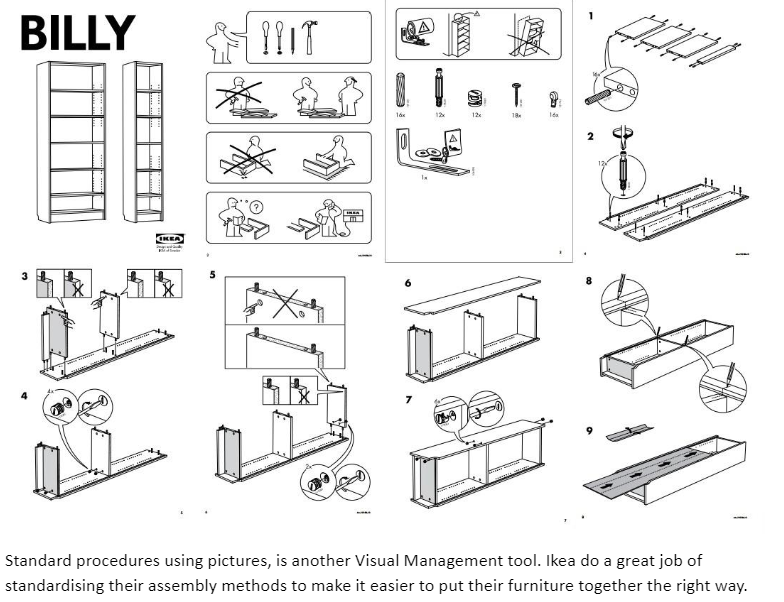
Promoting Continuous Improvement:
Visual management creates an environment that encourages continuous improvement. By visualizing processes and outcomes, organizations can identify areas for optimization and implement changes more effectively. Teams can use visual management tools to conduct root cause analysis, monitor trends and track the impact of process improvements. The visual representation of data and performance metrics facilitates discussions around improvement opportunities, enabling teams to innovate and iterate on their processes. Visual management also supports the concept of Gemba walks, where leaders and employees observe the work area to identify improvement opportunities and promote a culture of continuous learning and refinement.
Realising Real-World Success Stories:
Numerous organizations have witnessed remarkable improvements through the implementation of visual management. For instance, a healthcare facility implemented visual management in their emergency department, resulting in reduced patient wait times, improved staff coordination and enhanced patient outcomes. A manufacturing company successfully reduced defects and improved quality by implementing visual indicators and standardized work instructions. These success stories highlight the tangible benefits that visual management brings to organizations, irrespective of industry or size. By leveraging the power of visual cues, organizations can unlock their full potential and achieve remarkable results.
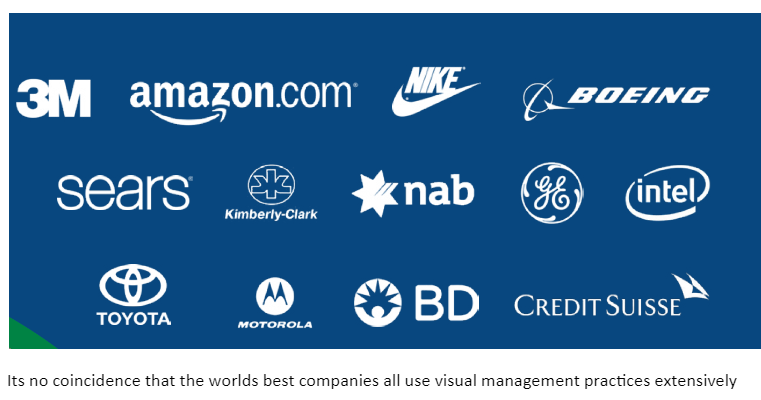
Conclusion:
Visual management is a transformative approach that enhances efficiency, communication and collaboration in the workplace. By leveraging visual cues, organizations can streamline processes, improve transparency and foster a culture of continuous improvement. With the power of visual management, organizations can drive productivity, achieve operational excellence and thrive in today's competitive business landscape.
